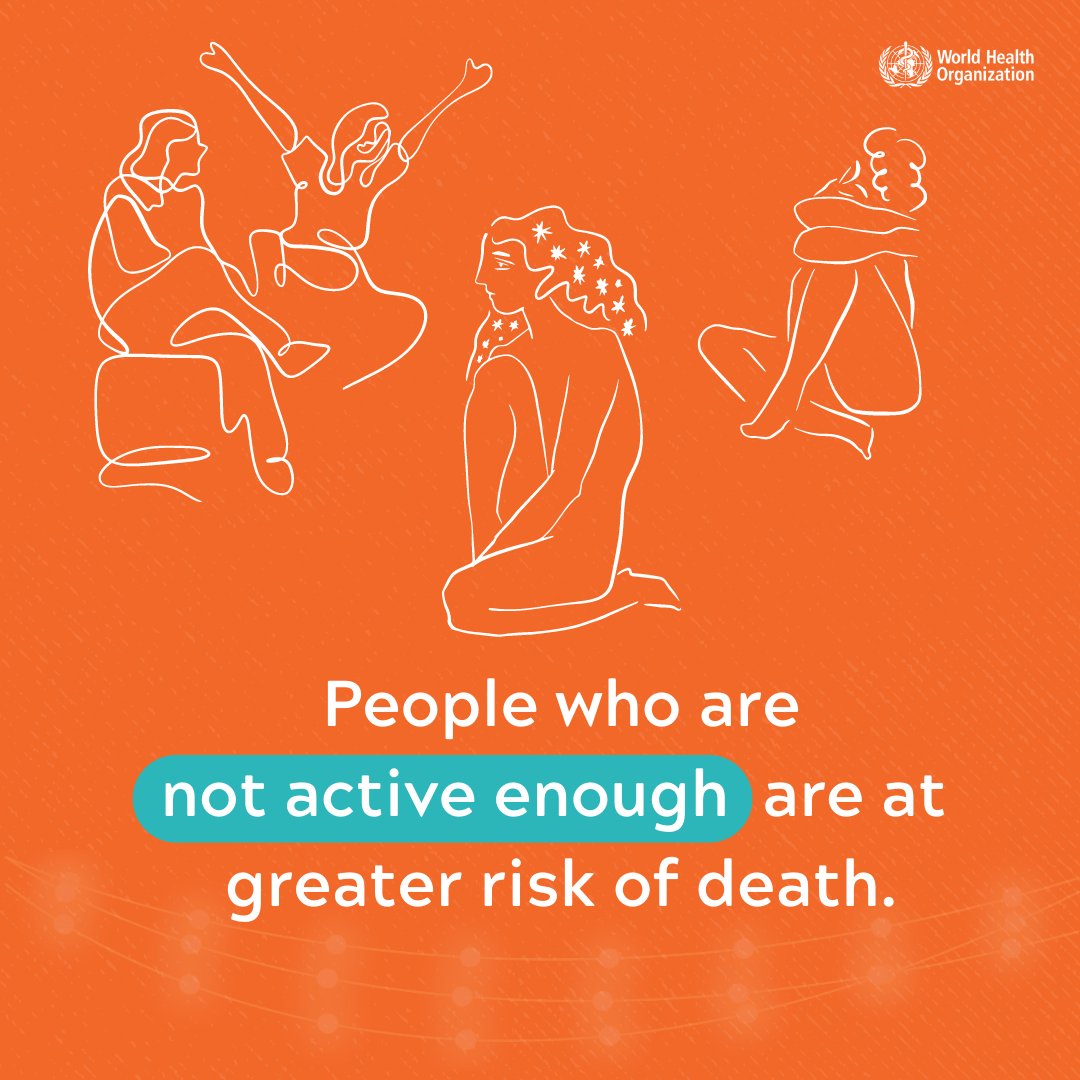
More than 30 million children in the 15 worst-affected countries suffer from acute malnutrition.
8 million of these children are severely wasted, the deadliest form of undernutrition bit.ly/3k8QXzx
8 million of these children are severely wasted, the deadliest form of undernutrition bit.ly/3k8QXzx

🔴Conflict
🔴Climate shocks
🔴Impacts of the pandemic
🔴Rising costs of living
have left increasing numbers of children acutely malnourished while key health, nutrition and other life-saving services are becoming less accessible bit.ly/3k8QXzx
🔴Climate shocks
🔴Impacts of the pandemic
🔴Rising costs of living
have left increasing numbers of children acutely malnourished while key health, nutrition and other life-saving services are becoming less accessible bit.ly/3k8QXzx

Acute malnutrition is a form of undernutrition caused by a decrease in food consumption, illness, or both that results in sudden weight loss (wasting) and swelling in both legs bit.ly/3k8QXzx 

Children with acute malnutrition have weakened immune systems and are at higher risk of dying from common childhood diseases.
Those that survive could face lifelong growth and development challenges bit.ly/3k8QXzx
Those that survive could face lifelong growth and development challenges bit.ly/3k8QXzx

UN agencies are launching a call to action to accelerate progress on the Global Action Plan on Child Wasting.
It aims to prevent, detect and treat acute malnutrition among children in the worst-affected countries bit.ly/3k8QXzx
It aims to prevent, detect and treat acute malnutrition among children in the worst-affected countries bit.ly/3k8QXzx

Millions in the greater Horn of Africa are facing acute hunger not seen in recent decades.
WHO & partners are working to counter the consequences of malnutrition, prevent and respond to disease outbreaks, ensure essential health services bit.ly/3k8QXzx
WHO & partners are working to counter the consequences of malnutrition, prevent and respond to disease outbreaks, ensure essential health services bit.ly/3k8QXzx

“I have been in the hospital for seven days because my youngest son is suffering from malnutrition. He is being fed at the hospital & his condition is getting better now,” Amina Mohamud Ma’alin holds her malnourished son 8-month old, Abdirashid, #Somalia 

#Somalia is currently experiencing a historic drought.
Displacement increased 5x last year, with more than 1.3 million leaving home in search of food, water and humanitarian assistance bit.ly/3k8QXzx
Displacement increased 5x last year, with more than 1.3 million leaving home in search of food, water and humanitarian assistance bit.ly/3k8QXzx
https://twitter.com/who/status/1613616888604463108
Hunger & disease are causing malnutrition.
About 1.8 million children under 5 in #Somalia are expected to be malnourished, and over 513,000 are severely malnourished.
About 1.8 million children under 5 in #Somalia are expected to be malnourished, and over 513,000 are severely malnourished.
https://twitter.com/who/status/1613627364696813569
Both conflict and climate have played a role in the food crisis in Afar, #Ethiopia.
Here, WHO supports mobile health and nutrition teams directly or through partners bit.ly/3k8QXzx
Here, WHO supports mobile health and nutrition teams directly or through partners bit.ly/3k8QXzx

#Afghanistan has the highest number of people experiencing emergency food insecurity in the world: 1 in 2 children are malnourished.
WHO helps to support inpatient departments for severe acute malnutrition centres in Afghanistan bit.ly/3k8QXzx
WHO helps to support inpatient departments for severe acute malnutrition centres in Afghanistan bit.ly/3k8QXzx

WHO teams respond to the flooding emergency in Jonglei, #SouthSudan.
Recurrent floods have destroyed farmlands, health & nutrition facilities. Over 77,000 children were severely malnourished in 2022.
WHO has provided supplies to treat malnourished children w medical complications
Recurrent floods have destroyed farmlands, health & nutrition facilities. Over 77,000 children were severely malnourished in 2022.
WHO has provided supplies to treat malnourished children w medical complications

• • •
Missing some Tweet in this thread? You can try to
force a refresh













